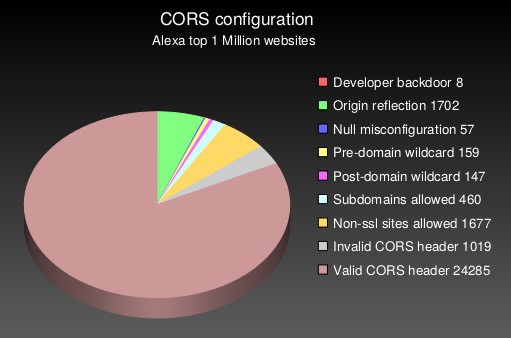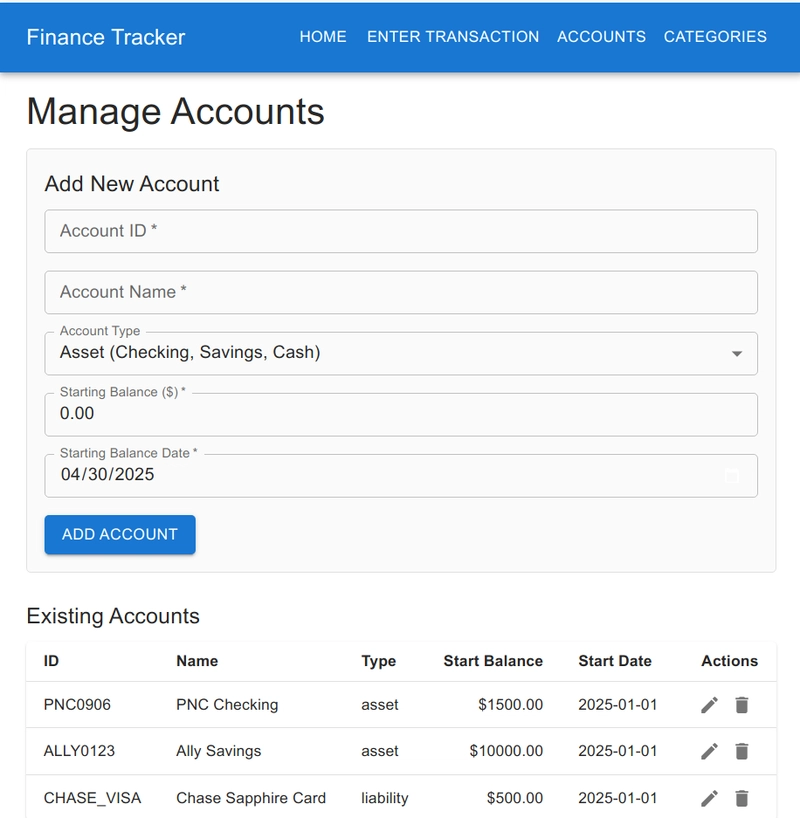As federal dollars for Head Start slow, rural parents left without other options
In the rural Methow Valley in northeast Washington state, parents have few options for child care. There are only two licensed programs in the community — one of which is a Head Start center. About 40 miles northeast in the town of Okanogan, 30 percent of the town’s limited child care spots are provided by […] The post As federal dollars for Head Start slow, rural parents left without other options appeared first on The Hechinger Report.


In the rural Methow Valley in northeast Washington state, parents have few options for child care. There are only two licensed programs in the community — one of which is a Head Start center. About 40 miles northeast in the town of Okanogan, 30 percent of the town’s limited child care spots are provided by the local Head Start center.
Nationwide, Head Start has long played an outsized role in the rural child care landscape, existing in 86 percent of rural counties. If the federal program is eliminated, as President Donald Trump has reportedly proposed in his forthcoming budget, there will be massive consequences in many of the rural communities that voted for the Republican ticket. About 46 percent of all funded Head Start slots are in rural congressional districts, compared to 22 percent in urban districts. In some states, 1 in 3 rural child care centers are operated by Head Start.
In this swath of the Evergreen State, nestled just south of the Canadian border and east of the Cascade Mountains, Head Start fills a critical child care void: Even with the federal program, there is only enough licensed care for about 1 in 3 children under the age of 5. The program also provides vital services that many in the rural region might lack otherwise. Enrolled families can receive developmental screenings, home visiting programs, mental health services, parent support programs and dental care, all part of the federally funded program’s wraparound service model.
“Those federal grant funds make a huge difference in places where other programs cannot afford to operate,” said Katie Hamm, former deputy assistant secretary for early childhood development at the Administration for Children and Families. “If Head Start closes, it’s not like [families] have another option.”
Several of the congressional districts that stand to lose the most Head Start spots if the program is eliminated are rural districts that helped put Trump in office, according to an analysis by the Center for American Progress, a liberal think tank.
Since its launch in 1965, Head Start has served more than 40 million low-income children through a free preschool program and a counterpart for infants and toddlers, known as Early Head Start.
While Head Start quality varies, research has found positive benefits from the program. Children who have attended Head Start are more likely to graduate from high school and enroll in college and are less likely to experience poor health. Head Start has been found to have a positive impact on self-control and self-esteem and on parenting practices.
The program’s two-generation approach of helping children and their parents is invaluable in rural communities, said Jodi DeCesari, executive director of Washington’s Okanogan County Child Development Association, which runs nine Head Start centers for more than 200 children. “We’re helping families get employment, we’re helping families get their GED. … We’re helping families lift themselves out of poverty and become more self-sufficient,” said DeCesari. “In the long term, that benefits our community.”
Although Head Start has received bipartisan support over the years, the program has been slowly starved of funding under the second Trump administration. Compared to this time last year, the federal government has sent $1 billion less in Head Start funding to states, according to an analysis by the Senate Committee on Appropriations. This comes after reports of funding freezes and mass terminations at the regional and federal levels.
In Georgia, Mindy Binderman, executive director of the Georgia Early Education Alliance for Ready Students, said Head Start programs are now experiencing delays because of an executive order requiring that all requests for federal funds include a detailed justification statement. This practice can be especially destructive for programs in rural areas, experts say, where Head Starts may not have other funding sources from local philanthropies or government sources to tide them over. One of the first programs to temporarily close earlier this month due to a delay in funding was a rural Head Start network outside of Yakima, Washington.
In Montana, a largely rural state, the uncertainty over Head Start’s future is causing fear as the program’s teachers worry their jobs could soon disappear, said Ashley Pena-Larsen, Head Start program director at Montana’s Rocky Mountain Development Council Inc. In rural areas, it’s already a struggle to find qualified teachers, and Head Start programs often have to compete with higher-paying positions in local school districts. Pena-Larsen fears the lack of certainty will compel teachers to search for jobs elsewhere. “When you already have a workforce that’s stretched thin, you don’t want to come into an environment where you’re unsure about your career. Are you wanting to start a career in a field that’s potentially dying?” she said.
Back in Okanogan, with summer heat looming, DeCesari is unsure what will happen when she submits a request to shift some funds to buy a new air conditioning unit at one of her centers. Usually that request would eventually end up at the regional office in Seattle, but that was one of the offices that was abruptly shuttered. “It’s been really chaotic,” DeCesari said. “I feel like everything is in question right now.”
One thing DeCesari is certain about is that if Head Start goes away, there will be an immense ripple effect throughout the local economy. In addition to providing child care and wraparound support, DeCesari’s organization employs more than 100 people and invests millions in the local community through buying food at local grocery stores and hiring companies that help run the organization’s buildings and buses.
But she worries most about the broader impact on Okanogan families if Head Start disappears. “Families benefit from our services,” she said. “Without Head Start, I think we’re really going to see a generational loss.”
Contact staff writer Jackie Mader at 212-678-3562 or mader@hechingerreport.org.
This story about Head Start was produced by The Hechinger Report, a nonprofit, independent news organization focused on inequality and innovation in education. Sign up for the Hechinger newsletter.
The post As federal dollars for Head Start slow, rural parents left without other options appeared first on The Hechinger Report.













































































